Editors’ Picks




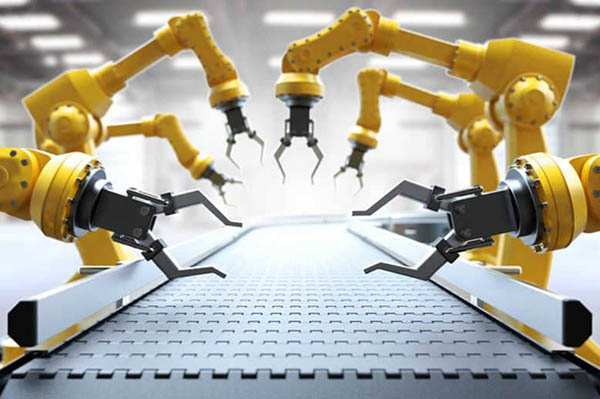
Found in Robotics News & Content, with a score of 9.41
…the DoD and the National Aeronautics and Space Administration (NASA) are interested in developing robots to build structures for deployment in space. The goal is to reduce reliance on high-touch labor, shorten design and production times, and increase throughput while reducing costs. Autonomy in robotics for manufacturing: Most industrial robots still require specialized workers to be set up, and most operate in constrained settings. ARM is seeking systems that factories could use without prior robotics experience and that could adapt to dynamic or unstructured environments. The request for proposals mentioned navigation but did not specify that the capability to operate…
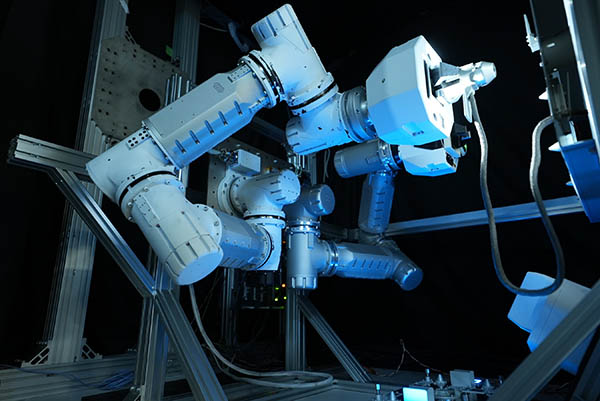
Found in Robotics News & Content, with a score of 9.37
…thermal vacuum chamber in February. The robot then reached NASA's Technology Readiness Level (TRL) 6 following this ground system test. GITAI said it expects to achieve TRL Level 7, confirming of its feasibility as a system in space. The company said it will then further develop the robot's in-space capabilities with the goal of providing it to private U.S. space stations and orbital services providers. GITAI last week also received recognition as the “Innovation Showcase Company” in the Japan-U.S. Innovation Awards co-sponsored by the Japan Society of Northern California and the Stanford University U.S.-Asia Technology Management Center. The company said…
Found in Robotics News & Content, with a score of 9.06
…Industrial cybersecurity ● Government, military, and national defense ● NASA and space programs ● Automotive industry, including the racing industry ● Amusement parks, including roller coaster and ride design The need for automation professionals far outpaces available supply; career options in industrial cybersecurity are particularly bright. For example, the manufacturing-sector in the US employs nearly 12 million people (the equivalent of 1 in 6 private sector jobs) and supports almost 5 million more jobs. However, 5% of manufacturing jobs remain unfilled due to a lack of skilled candidates. By one estimate, the US alone will need more than 120 million…
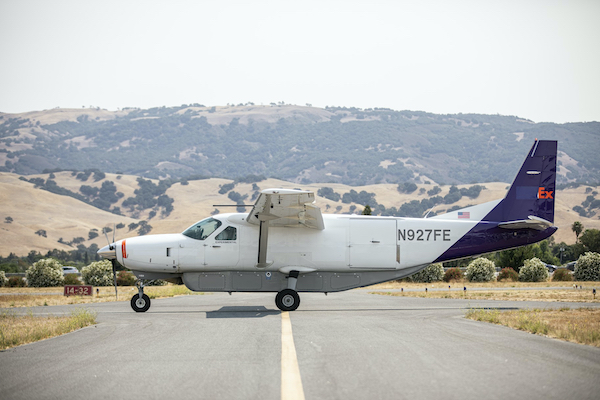
Found in Robotics News & Content, with a score of 8.76
…“We appreciate our public-private partnership with the FAA and NASA as we work to integrate our Remotely Operated Aircraft System into the [national] airspace,” said Robert Rose, co-founder and CEO of Reliable Robotics. “We intend to bring unprecedented safety and reliability to today’s commercial aircraft.” “Close collaboration with our public institutions, strong backing from visionary investors, and keen interest within the cargo industry further accelerates our mission to expand everyone’s access to air transportation,” he added. Coatue leads round Coatue Management led Reliable Robotics' Series C round. It joined past investors Lightspeed Venture Partners, Eclipse Ventures, Teamworthy Ventures, and Pathbreaker…
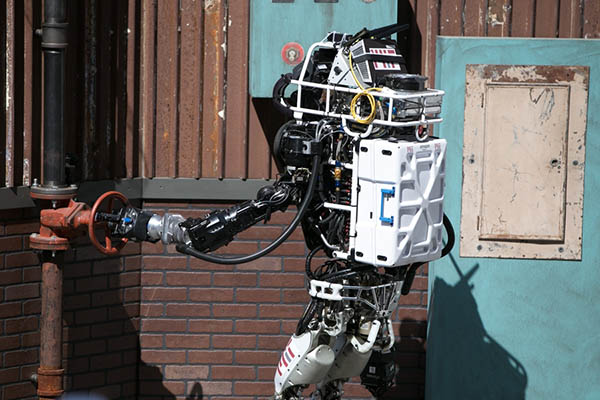
Found in Robotics News & Content, with a score of 8.55
…BlackRock, Google, Intel, Microsoft, Moderna, and Pfizer. In addition, NASA, the Federal Aviation Administration, and the Federal Reserve Bank of New York use the language, said Julia Computing. The company has recently focused on creating a suite of machine learning-enhanced modeling and simulation tools, such as JuliaSim for multi-physics simulation, and JuliaSPICE for circuit simulation, and the Pumas framework for pharmaceutical simulation with partner company Pumas-AI. Since Julia was introduced to the public in 2012, the community around it has grown, said Julia Computing. The annual JuliaCon event is online and free this year, and it takes place July 28…
Found in Robotics News & Content, with a score of 7.86
…and habitats on the moon and eventually Mars with NASA. “We're treating this like the Apollo program for the future of the way we build and the future of the way we meet one of our most basic needs,” said Ballard. “We're going to accelerate the growth of an elite and diverse team of scientists, engineers, architects, operators, and leaders that is now over 100 and growing. We anticipate more rapid progress in the years ahead to help bring housing and construction into the modern world and in-line with humanity's highest hopes and values.” ICON investment now totals $266M In…

Found in Robotics News & Content, with a score of 7.85
…humanoids Last week, Apptronik announced it was working with NASA to commercialize its humanoid robot, Apollo. The Austin, Texas-based company said it has already completed the first prototype of the robot and plans for “broader commercial availability” by 2023. “Unlike special-purpose robots that are only capable of a single, repetitive task, Apollo is designed as a general-purpose robot capable of doing a wide range of tasks in dynamic environments,” the company said in a statement. “Apollo will benefit workers in industries ranging from logistics, retail, hospitality, aerospace, and beyond.” Some other players making humanoids have also recently made announcements, including…
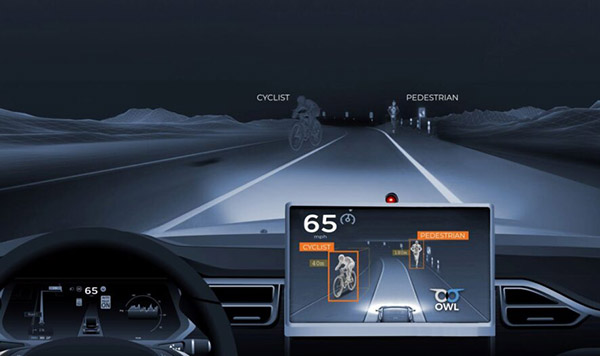
Found in Robotics News & Content, with a score of 7.82
…“Two of our cameras are in outer space—one for NASA, and one for Google Earth,” Gershman said. “Seven years ago, we entered into a proof-of-concept contract with the U.S. Air Force for a challenge. We're the only one who built a camera that met their needs.” “The Air Force used thermal imaging and computer vision at resolutions beyond what was commercially available,” he recalled. “They can be applied to pure autonomy, but in the near term, we're focusing on ADAS for our go-to-market perspective.” Now, Owl Autonomous Imaging is in discussions with nearly 80 companies, including trucking, ADAS, and self-driving…
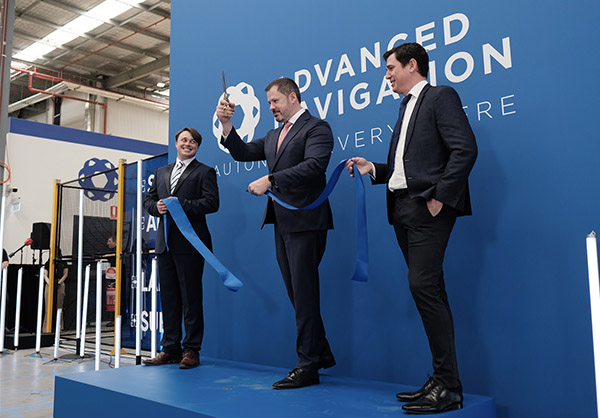
Found in Robotics News & Content, with a score of 7.75
…systems company Intuitive Machines’ Nova-C lander as part of NASA’s ongoing Commercial Lunar Payload Services (CLPS) program. Cloud Ground Control—CGC is a cloud-based system that allows pilots and mission planners to remotely command and control a swarm of uncrewed vehicles across air, land, and sea through a Web browser. By enabling real-time video feed, and telemetry, and easy access and management of captured data, Cloud Ground Control provides full remote visibility and situational awareness in search-and-rescue, emergency response, and disaster relief operations, said Advanced Navigation. Guiding visually impaired passengers—As part of the New South Wales (NSW) Small Business Innovation and…
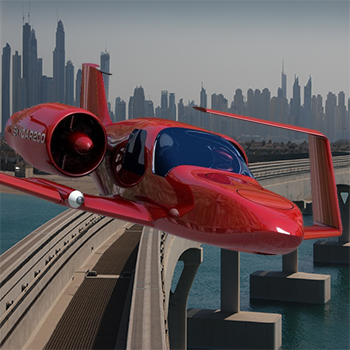
Found in Robotics News & Content, with a score of 7.71
…John Langford, CEO, Aurora Uber is also working with NASA, the FAA, and the National Air Traffic Control Association to work on a different approach to air traffic control. Flying Cars Building out the infrastructure is just one part of the puzzle. The other roadblock is perfecting an all-electric VTOL plane that is quiet enough that it could be used to bring people from the cities to the suburbs, or even across cities, in a short amount of time. Uber, for now, has decided not to build its own aircraft, but partner with other manufacturers who are designing planes to…
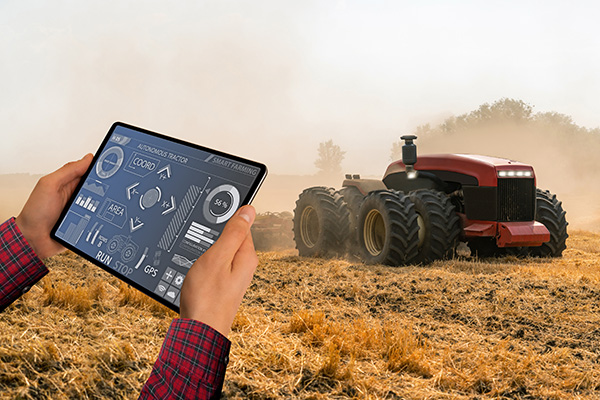
Found in Robotics News & Content, with a score of 7.63
…than directly piloting,” he noted. “We've even run with NASA or the European Space Agency, managing terrestrial vehicles from space or vice versa.” “Connext 6.1 is available with an annual subscription or for free for evaluation, research, and academic use,” Barnett said. “Some of our customers in marine and mining applications have been working with beta versions. We definitely expect interest in oil and gas, and agriculture and construction have similar use cases.” “By providing support for mobility, scalability, and heterogeneity, Connext 6.1 allows for control by phone, cloud, or remote operations center,” he said. “By empowering operators and decision…
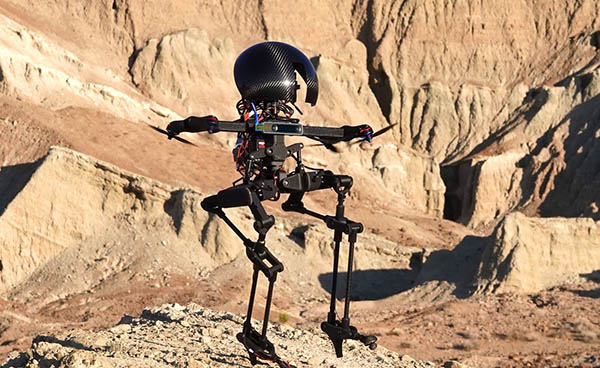
Found in Robotics News & Content, with a score of 7.47
…Jet Propulsion Laboratory, which is managed by Caltech for NASA. LEO stands 2.5 ft. tall and is equipped with two legs that have three actuated joints, along with four propeller thrusters mounted at an angle at the robot's shoulders. When a person walks, they adjust the position and orientation of their legs to cause their center of mass to move forward while the body's balance is maintained. LEONARDO. Source: Caltech LEO walks in this way as well. The propellers ensure that the robot is upright as it walks, and the leg actuators change the position of the legs to move…



